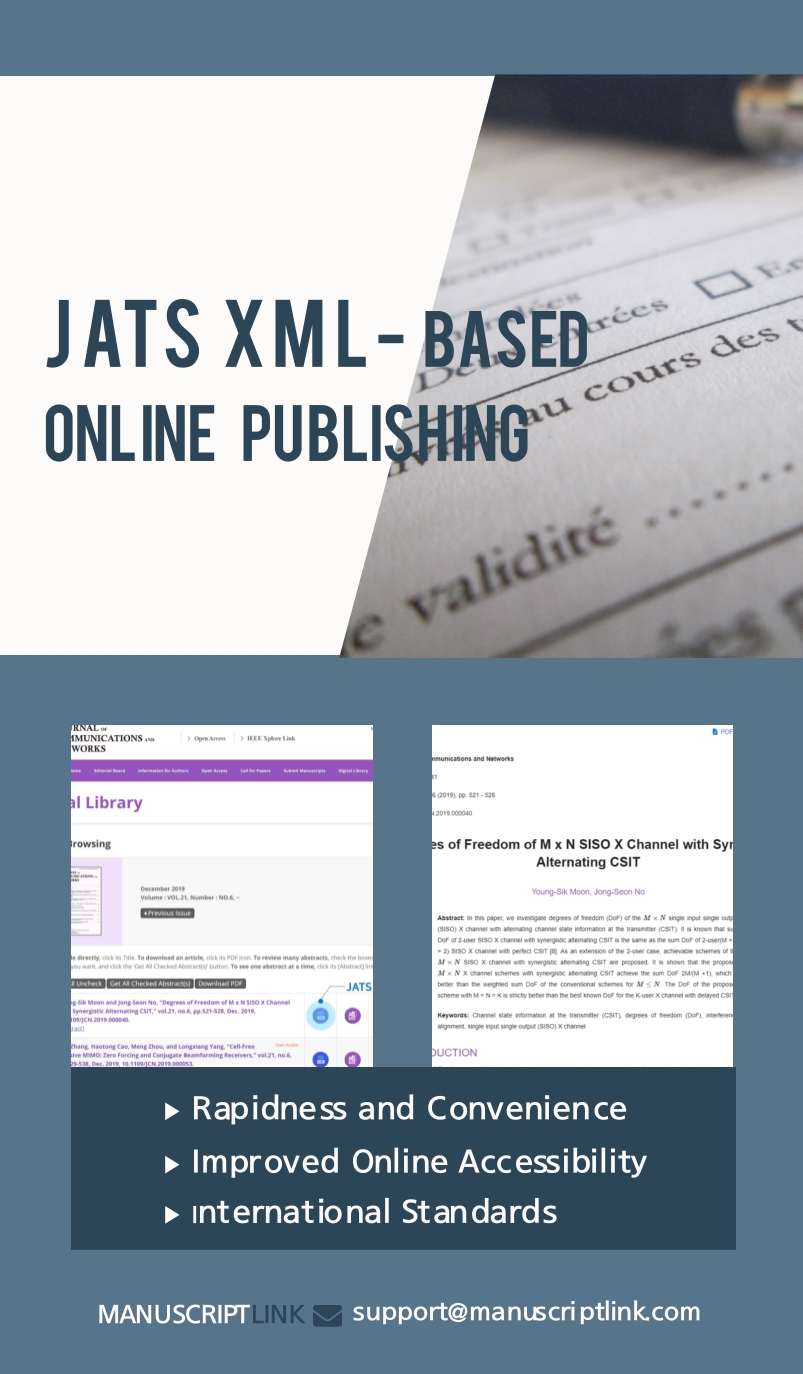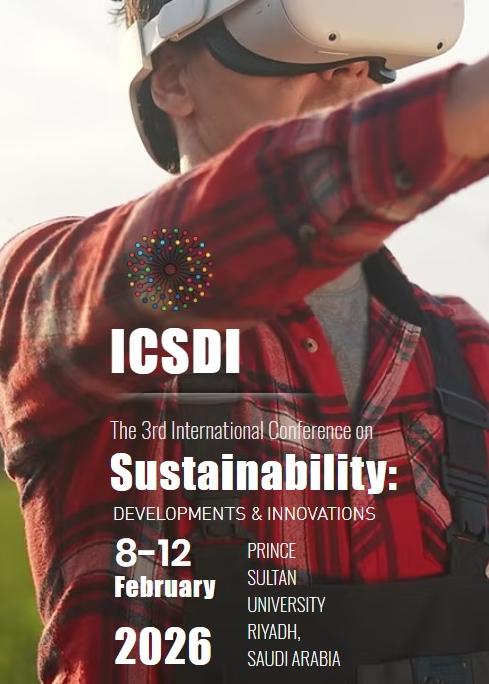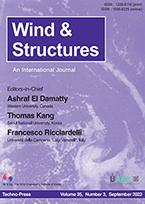AGATHÓN | Industry, Innovation, and Infrastructure (SDG 9), and Reduce Inequalities (SDG 10) | Projects, research, synergies, and trade-offs with the 17 SDGs
AGATHÓN
- URL: https://www.agathon.it/agathon/home
- Call For Paper Type: Regular
- H2 Index: 0
- Submission Date: 2026-01-10
- Notification Date: 2026-01-25
- Final Version Date: 2026-04-13
Architecture Civil Engineering Urban Studies & Planning Innovation
CALL FOR PAPERS N. 19 | 2026
Industry, Innovation, and Infrastructure (SDG 9), and Reduce Inequalities (SDG 10)| Projects, research, synergies, and trade-offs with the 17 SDGs
abstract submission deadline | January 10, 2026
The International Scientific Committee, for no. 19 | 2026, which will be published in June 2026, has proposed the subject Industry, Innovation, and Infrastructure (SDG 9), and Reducing Inequalities (SDG 10) | Projects, research, synergies, and trade-offs with the 17 SDGs to select contributions that will be published in volume 19 in June 2026. The two themes are part of the 17 Sustainable Development Goals (SDGs), adopted in September 2015 by the Member States of the United Nations (UN, 2015) and promoted as a call for urgent action capable of combining prosperity, equitable development, and protection of our planet. This would be achieved by valuing cooperation and partnerships between different countries, between national governments and localadministrations, between public institutions and private companies and between civil society and individuals. However, only five years after the date given for their attainment, the call seems not to have been fully addressed, if not disregarded, and therefore the scientific community cannot and should not shy away from reflecting on ‘where we have got to’, ‘where we are going’, and ‘where we still might be able to go’.
An assessment of progress based on data was conducted by the Global Sustainable Development Report, which called for appropriate adjustments and an urgent acceleration of implementation policies in two subsequent documents (IGS 2019, 2023): without these adjustments, humanity will face prolonged periods of crisis and uncertainty, further endangering the global principle of ‘leaving no one behind’ and safeguarding the entire ecosystem. While the 2019 Report noted that for some goals, the international community would need to speed up, and for many others, it confirmed that the world was on the right path, the situation portrayed in the 2023 Report is significantly different, as it reveals that for some goals, progress has not accelerated enough, and for others – such as food security, climate action, and biodiversity protection – the world is still moving in the wrong direction.
In light of this scenario, it is more urgent than ever to evaluate ‘what needs to be done and how it can be done strategically’, considering that, as stated by the United Nations during the definition of the SDGs (UN, 2015) and confirmed in the 2019 Report, most goals are synergistic. Social and environmental ones, in particular, have systemic impacts that drive overall progress toward achieving all other SDGs. Despite the rapid growth in scientific literature on the interconnections between the SDGs and the fact that numerous studies suggest synergies outweigh trade-offs, there is still significant potential, yet to be fully explored and leveraged, to make simultaneous progress on multiple goals through integrated planning and appropriate strategies. Specifically, Goals 1 (No Poverty), 2 (Zero Hunger), 3 (Good Health and Well-being), 4 (Quality Education), 5 (Gender Equality), 6 (Clean Water and Sanitation), 7 (Affordable and Clean Energy), and 17 (Partnership for the Goals) are identified as strategic, as they are capable of generating benefits for many other goals (Barbier and Burgess, 2019; Randers et alii, 2019; Pham-Truffert et alii, 2020).
Nevertheless, achieving the SDGs also necessarily imposes trade-offs that often result in critical issues not resolved by current practices. Examples are the actions and strategies promoting Goal 2 (Zero Hunger), where land cultivation and intensive agricultural practices generate soil degradation, pollution and loss of biodiversity, or those related to Goal 8 (Decent Work and Economic Growth) when uncontrolled growth and development result in exploitation of natural resources beyond sustainable limits. These critical issues are confirmed by the recent Global Sustainable Development Report (IGS, 2023), according to which progress on Goals 14 (Life Below Water) and 15 (Life on Land) is more negatively affected by progress in other areas than positively by specific actions.
Given all these variables, it is essential to carefully understand the interconnections in terms of synergies and trade-offs, both to guide scientific research and define methods and tools that can effectively reduce compromises, address uncertainties, and capitalise on specific context opportunities. This understanding also supports strategic decision-making processes and promotes ‘revolutionary’ interventions. Many tools and methods are currently available for an integrated analysis of the Goals, for decision support, and for progress monitoring (Barquet et alii, 2022), such as the toolbox with guidelines for ex-ante impact assessment promoted by the European Commission (2023). However, considering the systemic effects of policies, pathways, measures, and actions, a greater capacity to think in systems is required, representing the best approach to optimise interactions among SDGs.
In light of these reflections, AGATHÓN addresses the fields of Landscape, Urban Planning, Architectural and Urban Design, Engineering, Architectural Technology, Design, Restoration and Recovery, and Representation and proposes the theme Industry, Innovation, and Infrastructure (SDG 9), and Reduce Inequalities (SDG 10) | Projects, research, synergies, and trade-offs with the 17 SDGs. The goal is to stimulate an open dialogue by collecting essays, critical reflections, research and experimentation, and innovative multidisciplinary and multiscale projects and interventions. These submissions should employ a systemic approach and address aspects of the process – such as design, production / realisation, and management – along with methodologies and models for ex-ante and ex-post evaluation, while overcoming limitations, gaps, and barriers to enhance synergies and minimise trade-offs with other goals.
The built environment interacts with every goal and also represents a significant challenge, as it consumes vast amounts of energy and natural resources while continuously producing harmful gases and waste. Moreover, the way we intervene can exacerbate inequalities and impact human health. This is particularly relevant in cities, where the importance of both vulnerability and growth opportunities is evident across all the SDGs, especially considering that by 2050, approximately 70% of the global population is projected to live in urban areas (UN-Habitat, 2022). There is once again an urgent need for strategically planned, designed and implemented anthropogenic action consistent with multiple SDGs that can ensure the improvement of a community’s overall quality of life, sustainability, social equity, health and resilience.
SDG 9 | Industry, Innovation, and Infrastructure | At the start of a century marked by multiple environmental, social, and economic crises, SDG 9 stands out as the strategic framework for all development policies, with the aim of rebuilding industry, investing in innovation, and naturalising infrastructure so that it generates economic value and development without exceeding planetary boundaries, while offering opportunities to marginalised individuals and territories.
Industry 5.0 aims to place well-being, health, and accessibility on the same level as productivity and energy efficiency: only a balance between these factors can contain the cost of goods, raise product quality, and strengthen social cohesion. Short supply chains that use plant-based raw materials, secondary materials, or materials derived from agricultural waste are opening up new fields of research into bio-based materials and ‘zero waste’ cycles, reducing resource consumption and transport emissions. Collaborative robotics, 3D printing at all scales, and biotechnology, together with digital manufacturing, enable the creation of low-cost objects and increasingly lightweight, durable, and sustainable constructions, while open-data platforms and digital dashboards make material and energy flows transparent, promoting informed and shared decisions among designers, businesses, administrations, and citizens. New product-service models, predictive maintenance, artificial intelligence, IoT, and extended life cycles further reduce the ecological footprint.
Digital transformation is also reshaping the language of design: parametric and generative modeling, verbal design modeling, Large Language Model, 6D-7D simulations, and digital twins enable ex ante and ex post performance and impact assessments of objects, buildings, and neighborhoods by integrating environmental, energy, and social data, while widespread sensor technology, machine learning, and interoperability between open BIM and participatory GIS support responsive bioclimatic systems, phase-change materials, and smart facades that optimise the microclimate.
Infrastructures take on multiple ecological functions: green-blue corridors and biodiversity oases sequester carbon, regulate water, and mitigate urban heat, while new forms of horizontal and vertical urban agriculture and nature-based solutions to address hydro-climatic risks open up fields of research on land use compensation and biophilic solutions. The regeneration of built heritage and industrial archaeology into cultural and energy infrastructure can enhance material capital and collective memory, thanks in part to immersive tools and augmented reality that can recount the evolution of these places, stimulate public participation, and disseminate best practices.
SDG 10 | Reduce Inequalities | The growing gaps in income, services and representation undermine social cohesion and increase the vulnerability of communities in the face of social, health and economic crises. Reducing these inequalities requires reconfiguring the built environment as an infrastructure of equity, capable of bridging the gaps between the centre and the periphery, between different socio-demographic groups and between urban and rural areas. From this perspective, grey infrastructure can be transformed into accessible green corridors, equipped with soft mobility routes and local micro-services that facilitate intercultural encounters; Social housing integrated with multifunctional public spaces becomes a catalyst for inclusion, while flexible and culturally sensitive housing solutions (co-housing, expandable modules, assisted self-build, etc.) meet the needs of families with variable incomes, the elderly, migrants and people with disabilities by applying the principles of ‘design for all’.
Replicable low-tech technologies and off-grid systems for water and energy can help reduce infrastructural poverty in marginal contexts; light retrofit models make existing buildings energy efficient at low cost; open-source artefacts, multilingual interfaces and digital mutualism platforms have the potential to facilitate active community involvement. Built heritage, if reactivated as a civic and productive space, can counter depopulation and strengthen local identities, while the regeneration of industrial areas and disused buildings into cultural and energy hubs can generate employment and revive local economies.
Digital tools – participatory GIS, social digital twins, narrative augmented reality – make it possible to map needs, desires and vulnerabilities, assess the distributional effects of plans and projects in real time, and guide corrective actions. The interaction of urban agriculture, blue-green infrastructure and job placement programmes can open up scenarios in which community gardens, community vertical farms and neighbourhood composting systems produce healthy food, employment and cohesion, while big data analysis can facilitate the simulation of scenarios useful for redistributing benefits and burdens, assessing the employment impacts of regeneration interventions and designing service networks based on the ‘15-minute’ paradigm.
Alongside these physical and digital actions, the symbolic dimension of space – colour, materials, signage, participatory storytelling, etc. becomes a vehicle for mutual recognition and collective care, reducing perceived conflicts and promoting a sense of belonging. Urban regeneration, technological innovation and cultural co-creation thus converge to translate the principle of ‘leaving no one behind’ into inclusive, resilient and socially just environments.














